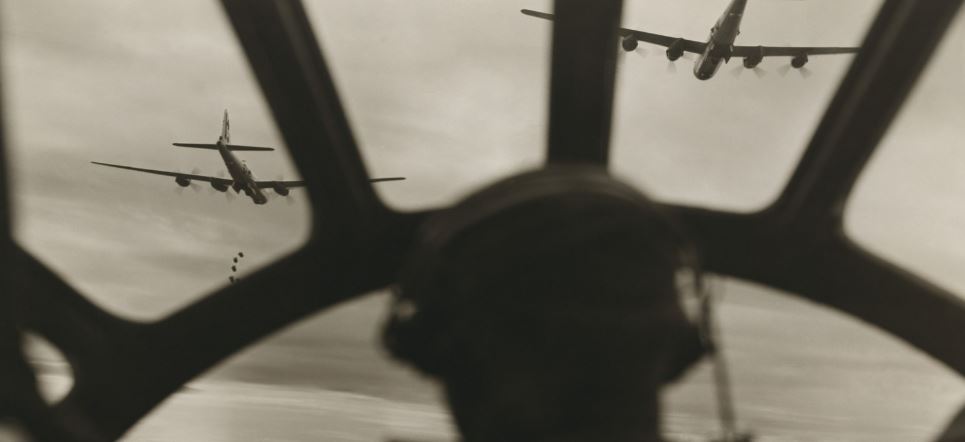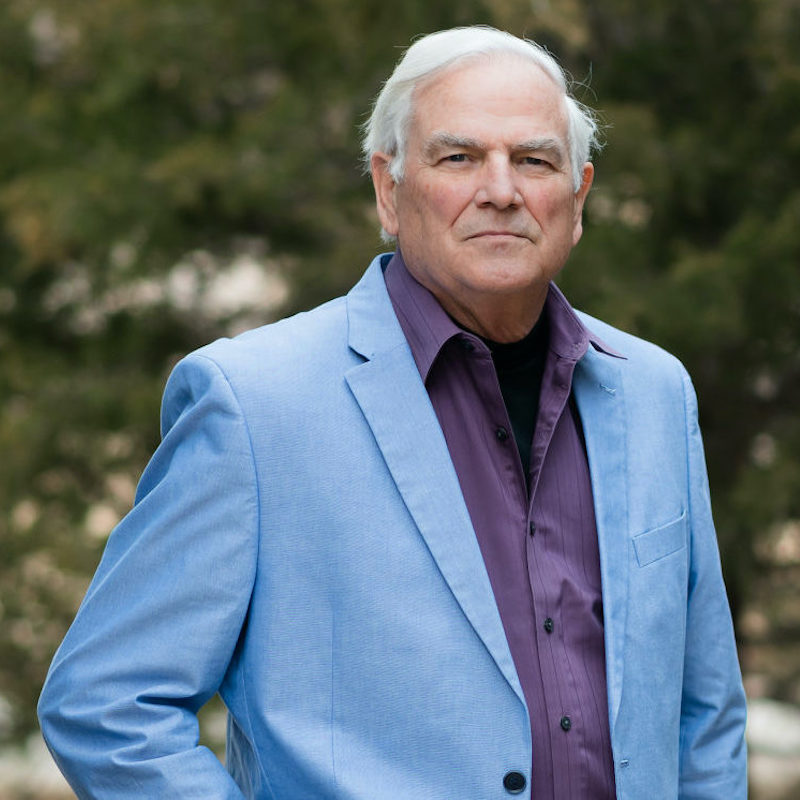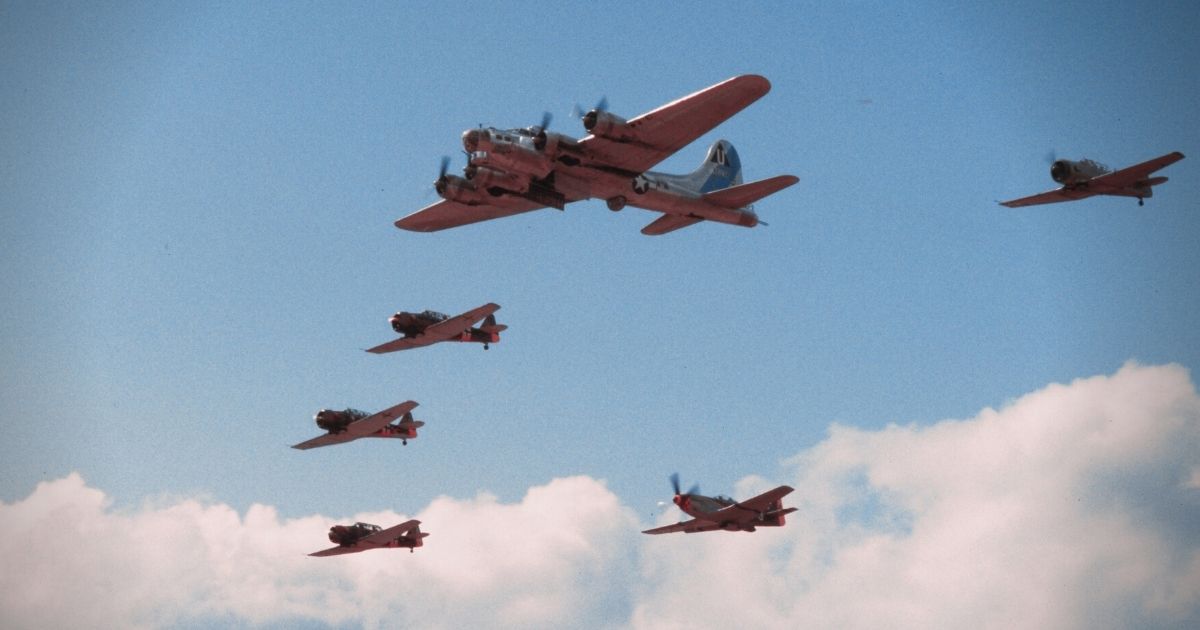 Over the past few weeks, my focus has been on delving into the noise levels of World War II bombers, particularly the B-17, B-24, and B-25. Initial research indicates a scarcity of data on these levels, likely due to the lack of concern for noise amidst the wartime chaos.
Over the past few weeks, my focus has been on delving into the noise levels of World War II bombers, particularly the B-17, B-24, and B-25. Initial research indicates a scarcity of data on these levels, likely due to the lack of concern for noise amidst the wartime chaos.
While the exposure to noise levels in these aircraft seems obscure, we extend our gratitude to institutions like the Museum of Flight and the Liberty Foundation, as well as other warbird operators, for their valuable input.
Complexities of Noise Exposure in Different Crew Positions
The question of noise levels in B-17, B-24, and B-25 aircraft doesn’t yield straightforward answers. Pilots and crew members flying these planes suggest that the noise exposure varies based on the crew members’ proximity to the propeller blades, with different duty stations within the plane influencing the experience.
The suggested noise levels are speculative, relying on the experiences and subjective insights of those who have flown or continue to fly these historic warbirds.
Factors Influencing Noise Exposure: Engine Noise, Helmets, and Wind
Little (2018) complicates the understanding of noise exposure by highlighting the dependency on a crewman’s distance from the engine noise. The areas closest to the tips of the propeller blades, occupied by roles like pilot and copilot, were likely the noisiest. Additionally, the type of helmet and headphones worn, evolving from regular Army helmets to the specialized M-3 Flak helmet, played a role in hearing protection.

Another noteworthy factor is the use of turbochargers. While organizations like the Collings Foundation avoid running turbochargers during rides to minimize engine wear, historical accounts from World War II missions suggest that engines, especially the propellers, were often at full power.
This high-speed operation, coupled with wind noise, contributed significantly to the damaging sound levels experienced by crewmen.
Combat Dynamics: Guns, Impulse Noise, and Extreme Temperatures
 The combat environment introduced additional elements to the already noisy scenario. The B-17, equipped with 13 Browning M-2 .50-caliber machine guns, produced intense impulse noise during firing, reaching 132 dB SPL. Continuous firing during combat missions, lasting 2 to 4 hours, further heightened noise exposure.
The combat environment introduced additional elements to the already noisy scenario. The B-17, equipped with 13 Browning M-2 .50-caliber machine guns, produced intense impulse noise during firing, reaching 132 dB SPL. Continuous firing during combat missions, lasting 2 to 4 hours, further heightened noise exposure.
Chao and colleagues (2013) suggested that the extremely low temperatures in these planes, sometimes reaching -40 degrees F, could have exacerbated the noise levels beyond what would be experienced at warmer temperatures.
This report was long overdue and very much needed, it changed the attitude of the VA toward hearing impairment for all veterans, especially the WWII heroes. For many, especially Dad, it was too late.
References:
- Chao, P., Juang, Y., Chen, C., Dai, Y., Ching, C., Yao-Hu, Y. (2013). Combined effects of noise, vibration, and low temperature on the physiological parameters of labor employees. The Kaohsiung Journal of Medical Sciences. Volume 29, Issue 10, October 2013, Pages 560-567. Retrieved October 1, 2018.
- Liberty Foundation (2018). B-17 Flying Fortress. Retrieved September 12, 2018.
- Little, J. (2018). Personal Communication. Assistant Curator, and Research Team Leader, Museum of Flight, Seattle WA, September 18, 2018.
- Mode, J. (2016). Which is Better, The B-25 or the B-24? Quora.com Retrieved October 1, 2018.
 Robert M. Traynor, Ed.D., is a hearing industry consultant, trainer, professor, conference speaker, practice manager and author. He has decades of experience teaching courses and training clinicians within the field of audiology with specific emphasis in hearing and tinnitus rehabilitation. He serves as Adjunct Faculty in Audiology at the University of Florida, University of Northern Colorado, University of Colorado and The University of Arkansas for Medical Sciences.
Robert M. Traynor, Ed.D., is a hearing industry consultant, trainer, professor, conference speaker, practice manager and author. He has decades of experience teaching courses and training clinicians within the field of audiology with specific emphasis in hearing and tinnitus rehabilitation. He serves as Adjunct Faculty in Audiology at the University of Florida, University of Northern Colorado, University of Colorado and The University of Arkansas for Medical Sciences.
**this piece has been updated for clarity. It originally published on October 2, 2018







Good investigation and conclusions by Robert Traynor. Pilots usually get the earliesthearing damage due to being seated in line with the propellors. The tips emit the loudest and highest frequency sounds. And we know that high frequency sounds create high frequency hearing loss (C5 dip). Elsewhere the cabin sounds cause low frequency hearing loss due the the amplified resonant vibrations. I am a pilot!
Thanks very much Bob.
Jay Muhury
Auditory research (Neuroscience)
Hearing Aid Specialist.